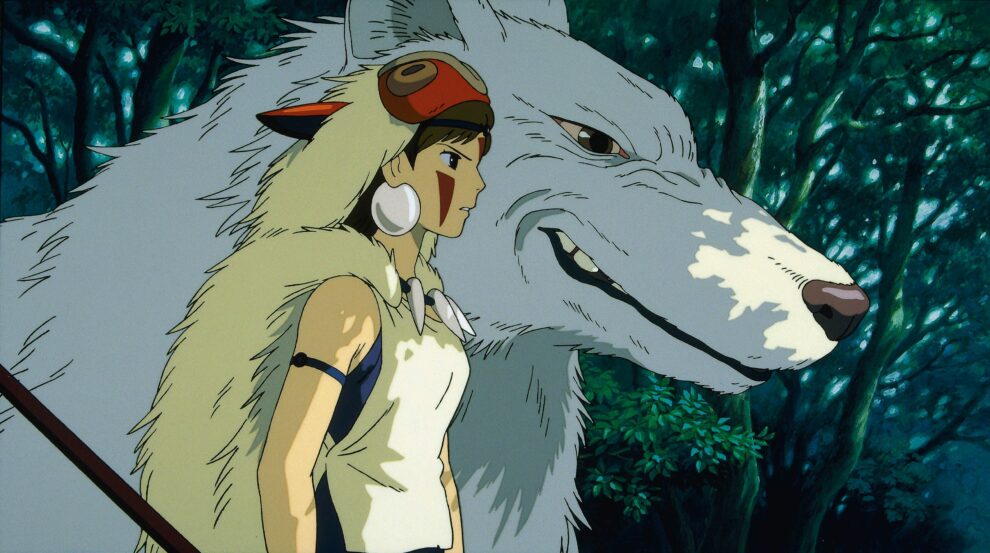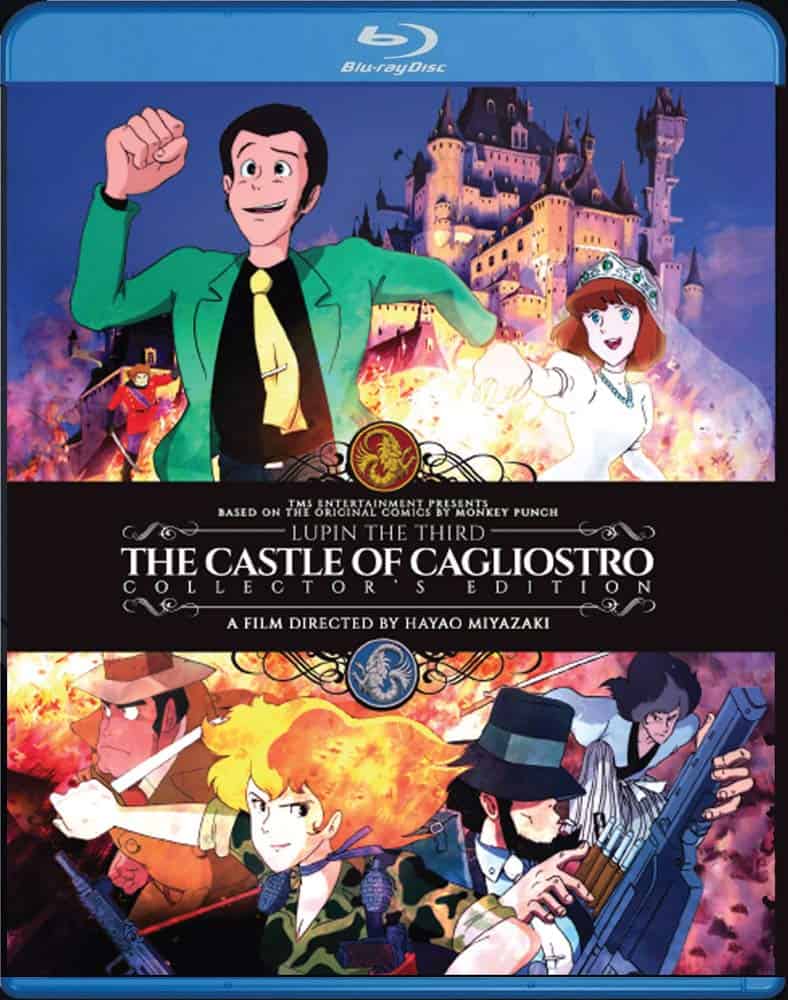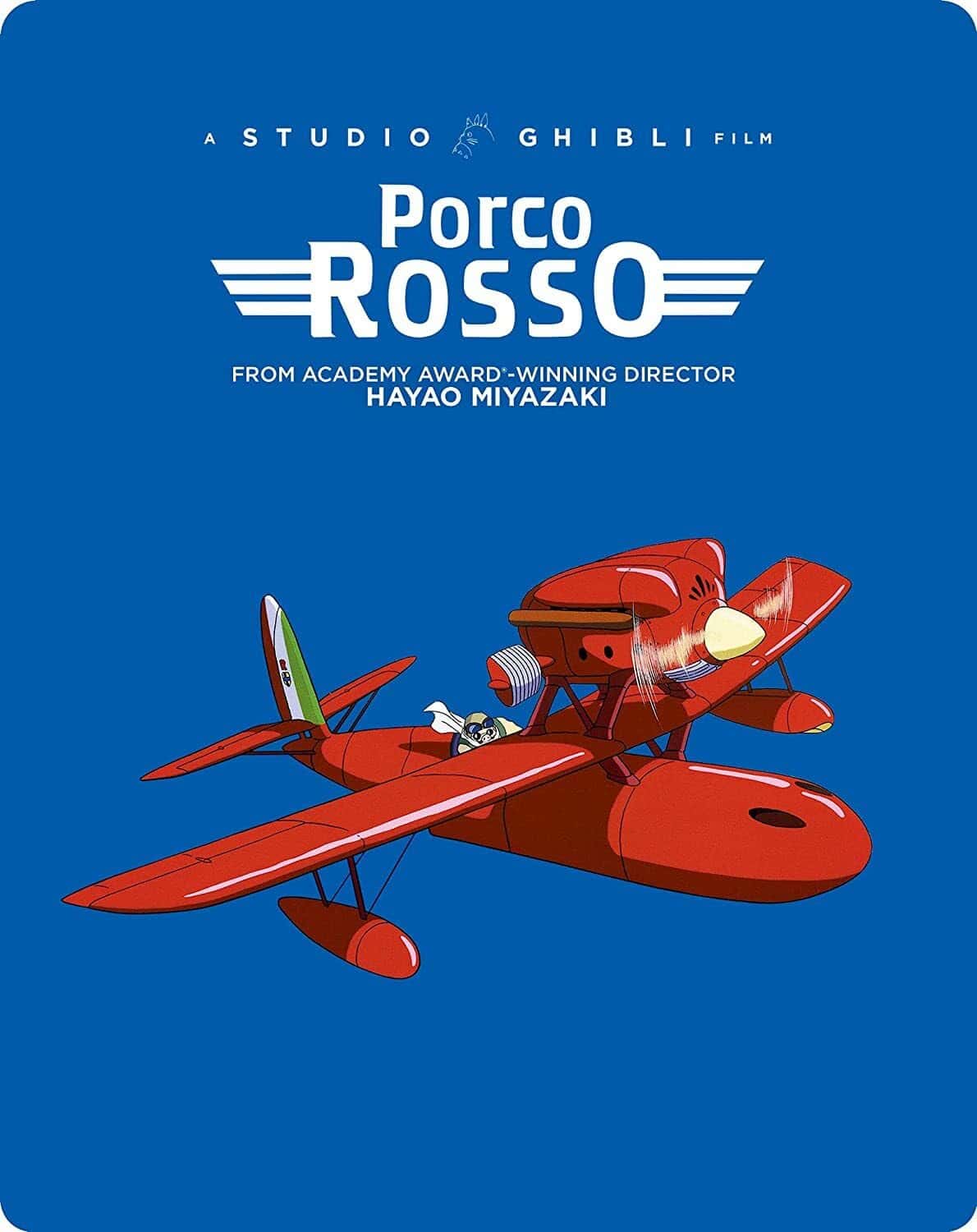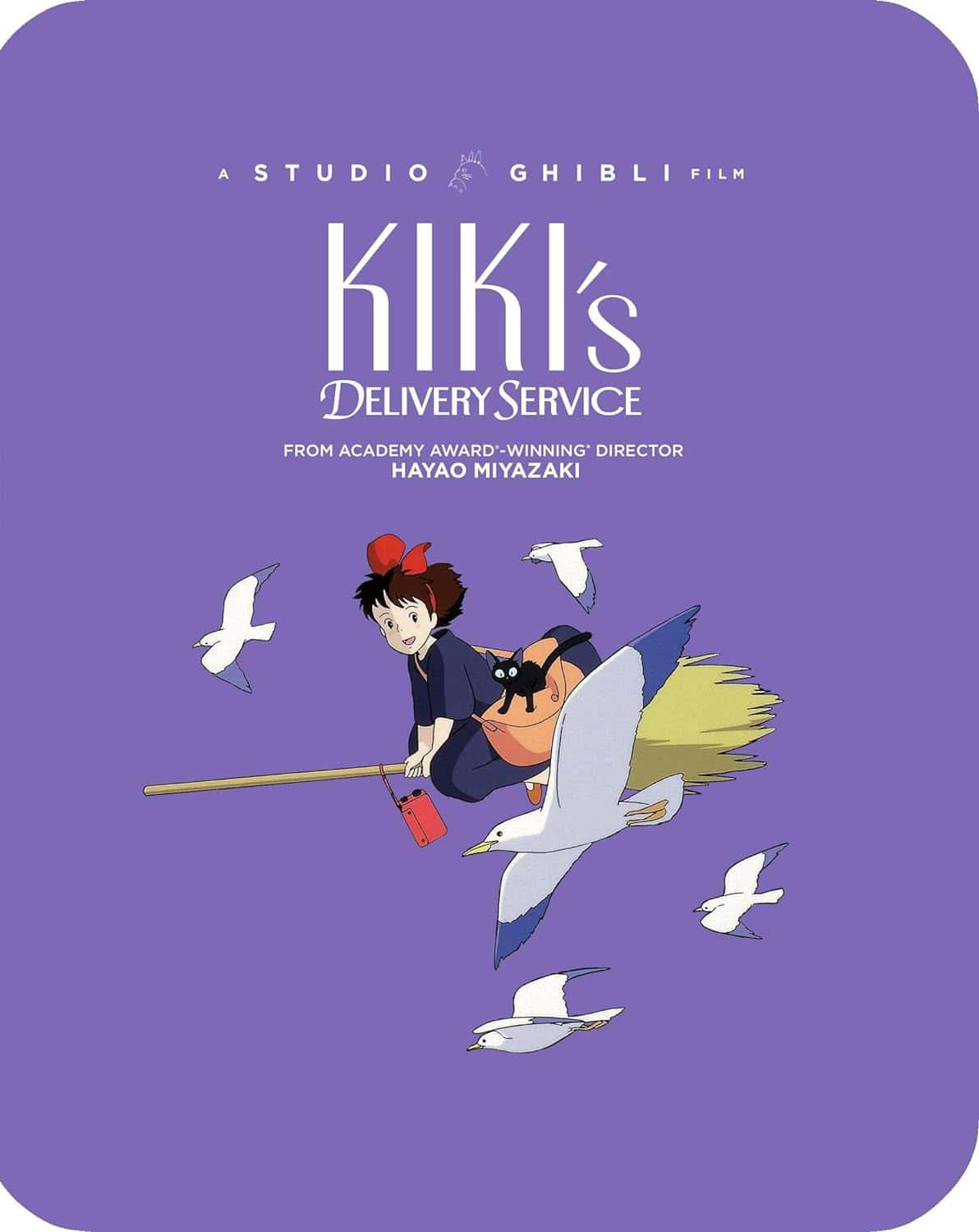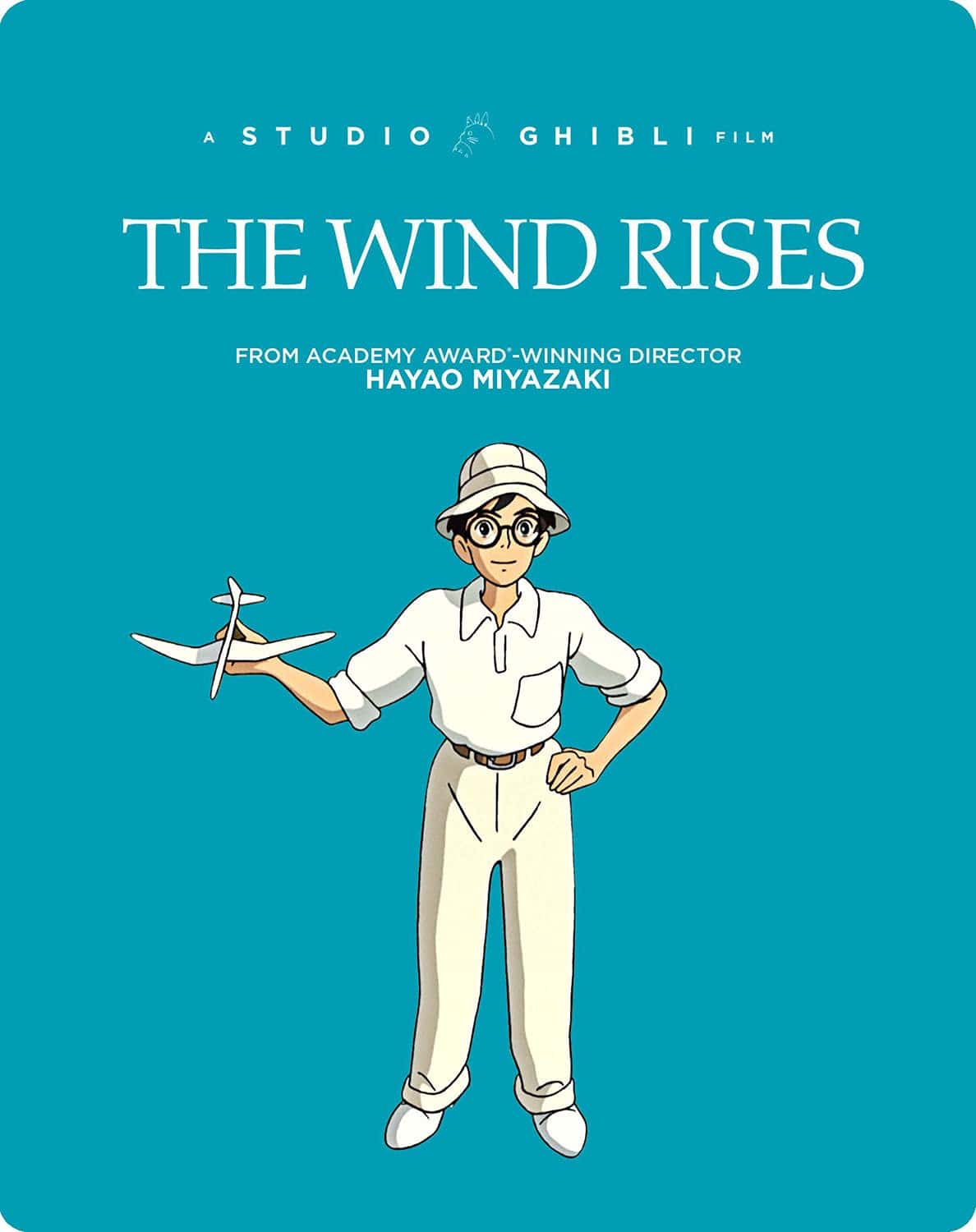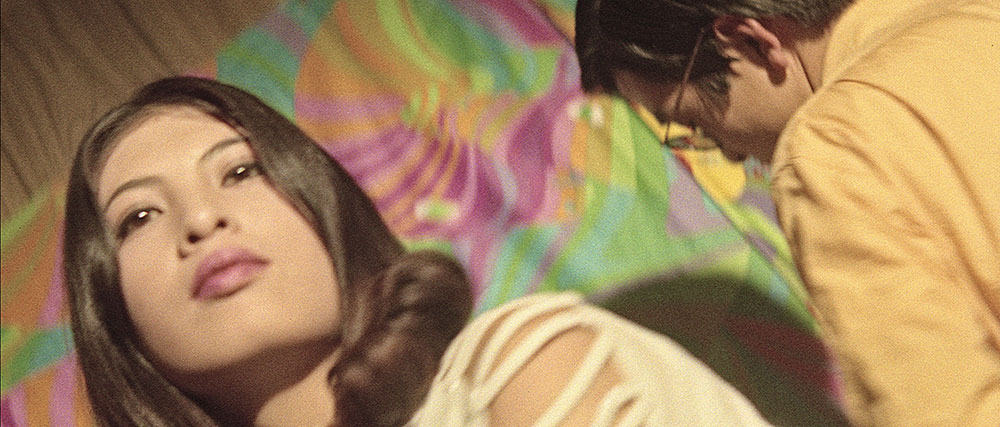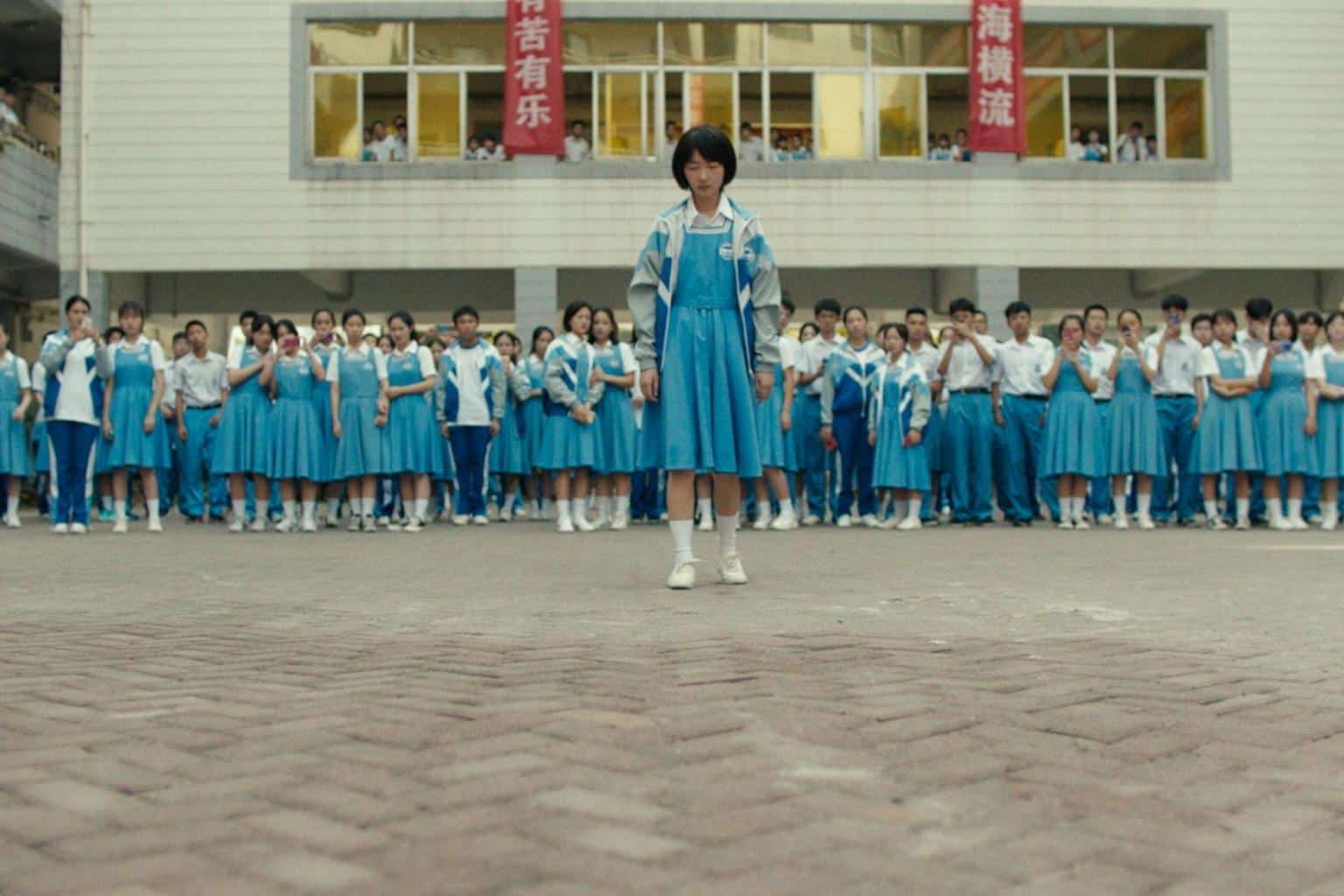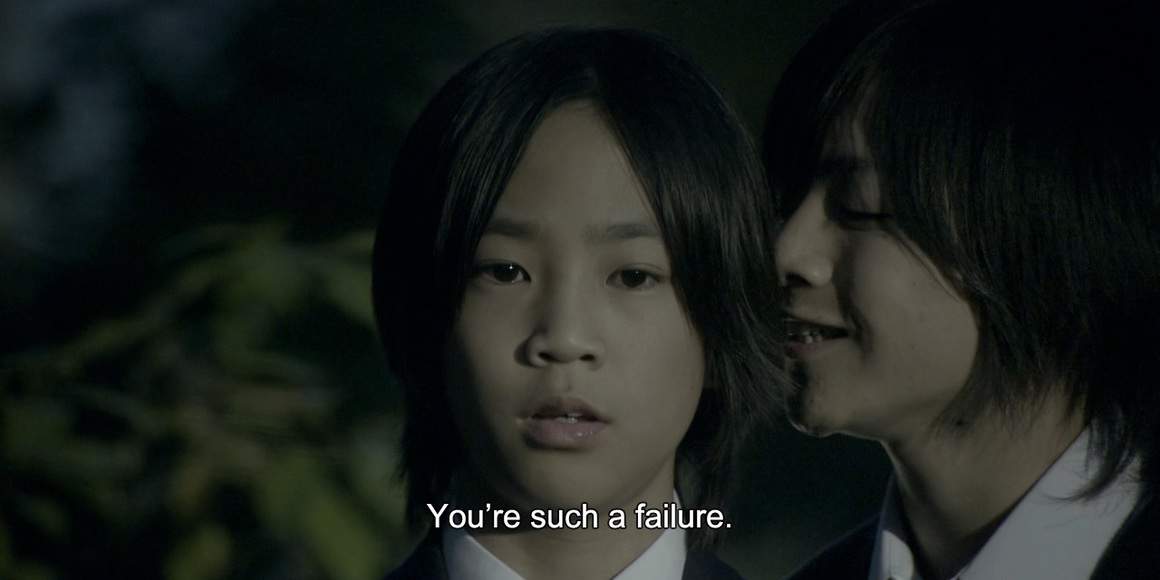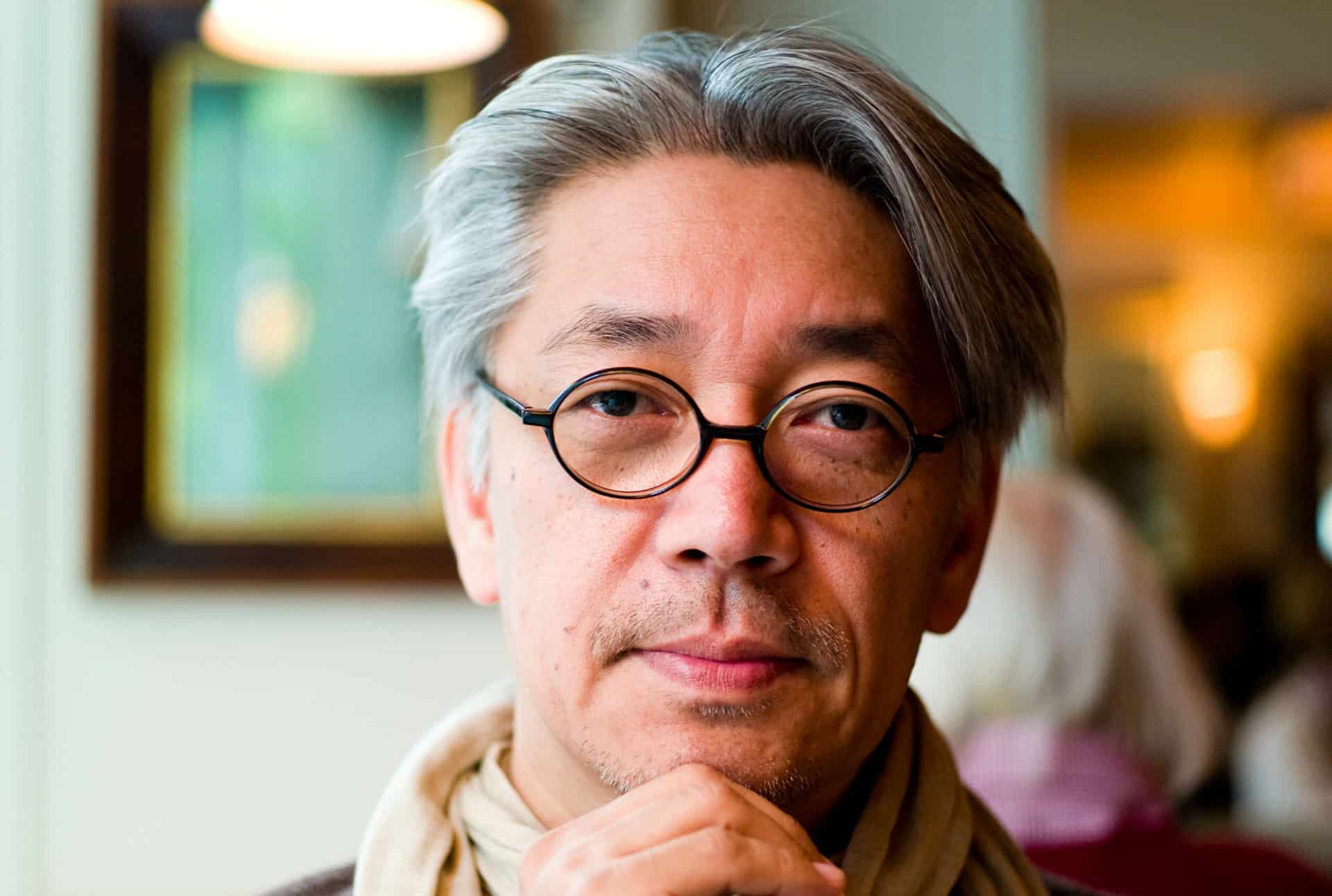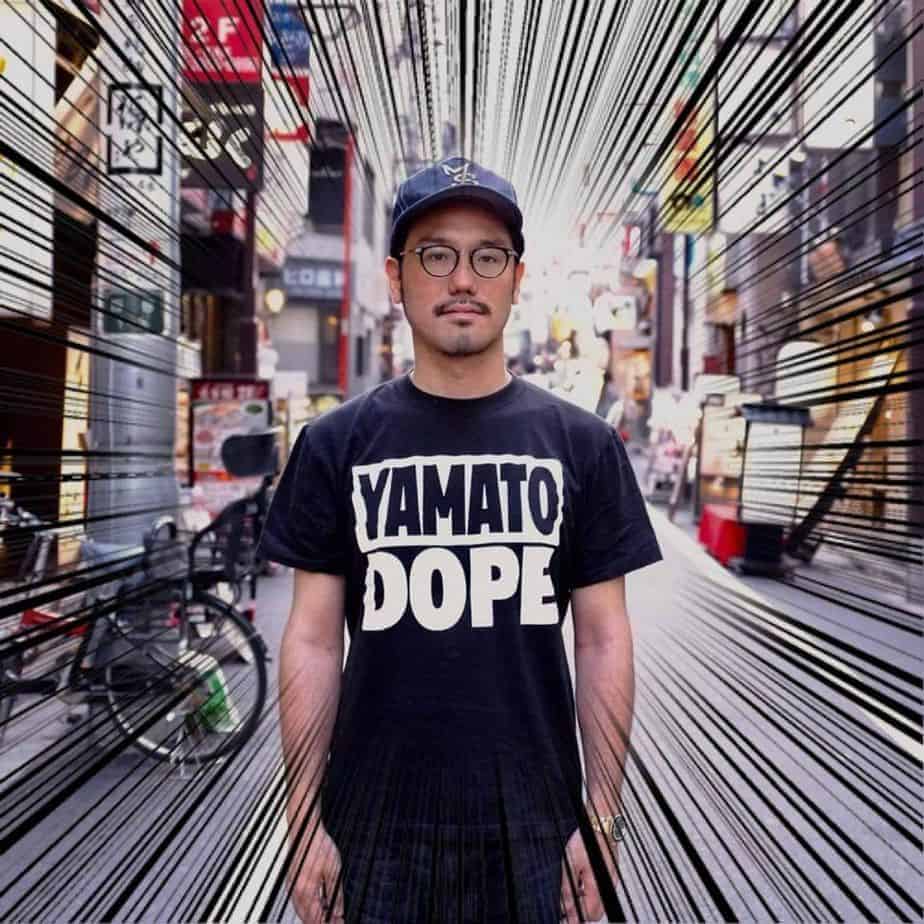Hayao Miyazaki stands as a luminary in the anime and animation realm, wielding multiple roles – director, producer, scriptwriter, animator, author, manga artist, and Studio Ghibli's co-owner. Reshaping the landscape, he was one of the pioneers of elevating anime beyond teenage audiences. His magnum opus, “Spirited Away,” broke records and became the first anime to win an Oscar. In 2014, he earned an Honorary Academy Award, a testament to his cinematic impact. A prolific storyteller since 1972, Miyazaki, continues to come up with titles that top the category, although his latest one, “The Boy and the Heron” could possibly be his last.
11 writers of Asian Movie Pulse who have watched at least 8 of his feature films voted for this list, in which we present his 12 films in order of quality.
12. The Castle of Cagliostro (1979)

Before the witty antihero “Sherlock Hound”, there was “Lupin the 3rd”, grandson of the legendary thief Arsène Lupin. Now, it would be criminal to call Lupin ‘lesser known'. But perhaps the ‘lesser known' is Miyazaki's extended attachment to this widely popular comic and media franchise. In fact, it provided the foundations for Miyazaki's directing career and sheds some light on his storytelling sensibilities. “The Castle of Cagliostro” is Lupin's second feature film, and follows the thief and his motley crew in their attempt to rescue a young hostage bride.
Often regarded as the franchise's best installment, the film has been cited as an influence for many Western and Japanese animators. Elements of “The Castle of Cagliostro” would be revisited in Miyazaki's subsequent career. His penchant for intricate onscreen architecture or machinery, as with the titular castle, would figure crucially into Studio Ghibli films' world buildings. A direct alignment also occurs with “Sherlock Hound”: the carefree and eccentric hero, the well-intentioned but obtuse justice worker, European scenic designs, even plotlines surrounding damsel kidnappings and production of counterfeit money. (Renee Ng)
11. Porco Rosso (1992)
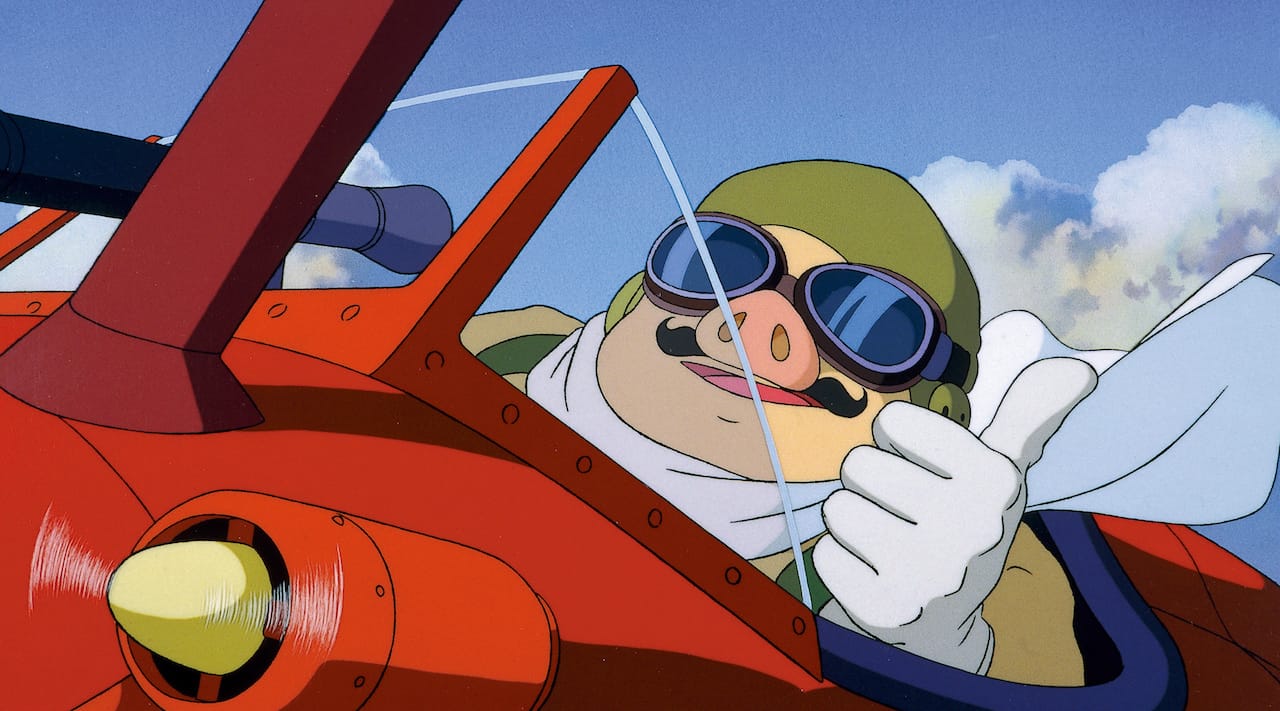
Despite the fairy tale concept of Porco Rosso, the film is rather realistic, as it is placed in a specific historical and political context and in an actual area. The focus of the film is clearly anti-fascist, since the timeframe of the story collides with the rise of fascism that occurred after the end of World War I. This trait is eloquently expressed when Porco Rosso states: “I'd much rather be a pig than a fascist.” At the same time, it implements a somewhat anti-American point of view, since the bombing of Yugoslavia was taking place at the time of the film's shooting, an event that shocked and enraged Miyazaki deeply. This impact, however, ended up faulting the anime, to a degree at least. Years later, Miyazaki stated that the film went horribly wrong, since it started as one directed at kids, but through the events of the time became too serious. (Panos Kotzathanasis)
10. The Boy and the Heron (2023)

Though the beginning of the “The Boy and the Heron” adopts more somber, historical tones like “The Wind Rises” (2013), Miyazaki lets loose his creative juices the deeper we travel into the sewer-hole. But instead of simply spinning entirely new fantasies, he uses the universe of “The Boy and the Heron” to reflect upon the entirety of his oeuvre. Lovers of Ghibli are sure to marvel here. When a warty little man emerges from the heron's mouth, it's hard not to think of Yubaba, the equally-verrucose (and avian-inclined) antagonist from “Spirited Away” (2001). The black dustball-like Susuwatari from “My Neighbor Totoro” (1988) seem to reincarnate into the crowd of white, cloud-like, happy-go-lucky Warawara. The fierce spirit of Princess Mononoke (1997) seems to live on in the fire-wielding, time-bending Lady Himi (AIMYON). Glimmers of the ravenous waves in “Ponyo” (2008) and the celestial “Castle in the Sky” (1986) shine through even, as the universe within the sewer-hole begins to deconstruct. It is almost as if Miyazaki is telling us that, despite all these years, he still wields the same innocent wonder as when he was a boy. (Grace Han)
9. Ponyo (2008)
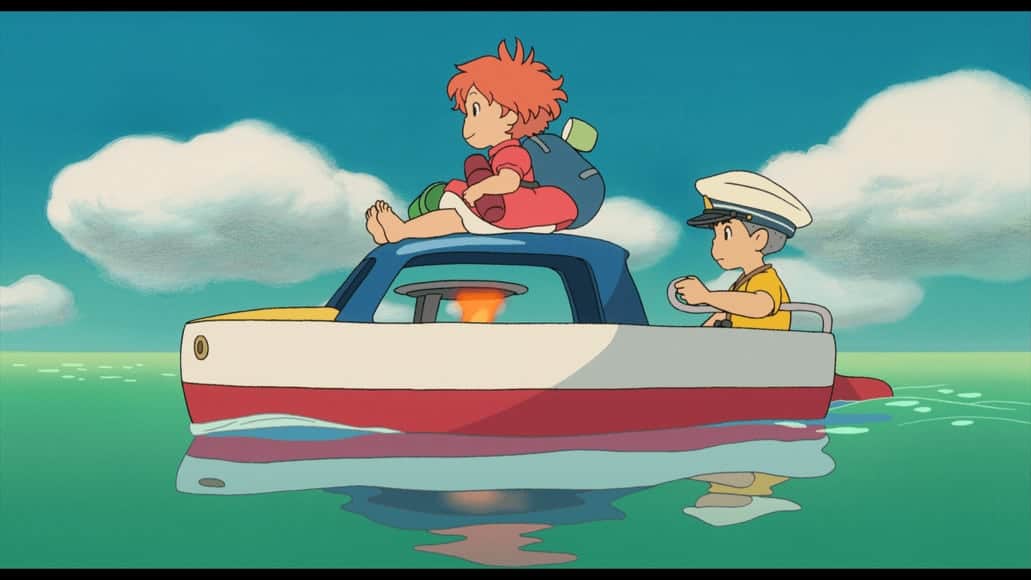
While a kid's movie on the surface, “Ponyo”, similar to many other movies of Miyazaki is a very entertaining tale about growing up, friendship and taking responsibility. Although the protagonist has a tendency to get on your nerves at time, the imagery and the silliness of it all will likely win over any audience. However, it is because of this quality and due to the fact these themes are perhaps not quite as articulated as they are in Miyazaki's other features, “Ponyo” is not mentioned in the same vein as “The Wind Rises” or “My Neighbor Totoro”. (Rouven Linnarz)
8. Castle in the Sky (1986)
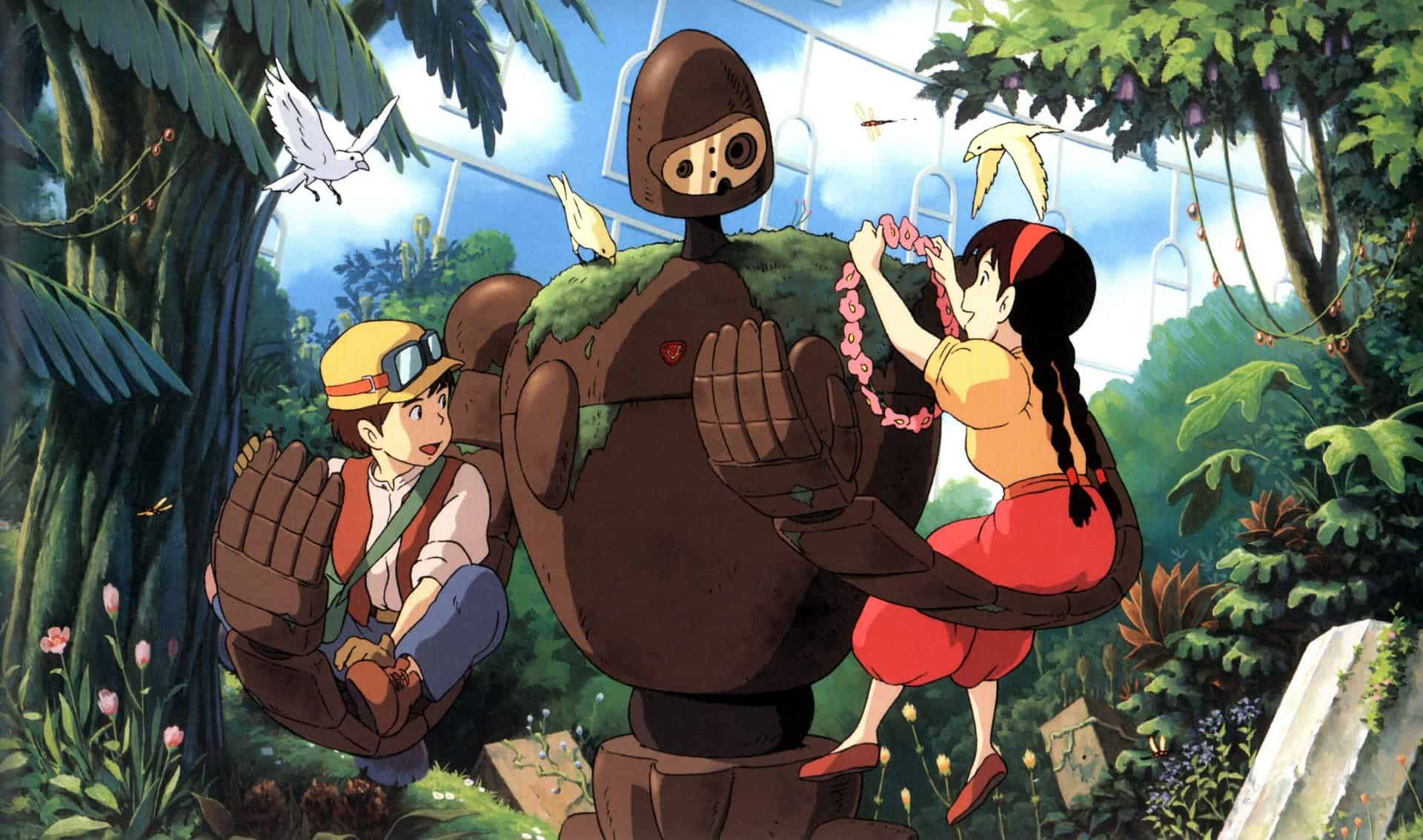
Miyazaki directs a film that entails many of his distinctive traits, but particularly the ones regarding co-existence with nature and the futility of war. The first one is presented through the city's past, while the violent clashes between Sheeta, Pazu, their pirate friends, and Muska and his soldiers exemplify the futility of armed confrontation, and the worthlessness in the struggle for power. Furthermore, “Castle in the Sky” incorporates elements of a coming-of-age film as Sheeta and Pazu try to cope with the world, maturing through the fact that they have no parents to take care of them. (Panos Kotzathanasis)
7. Kiki's Delivery Service (1989)
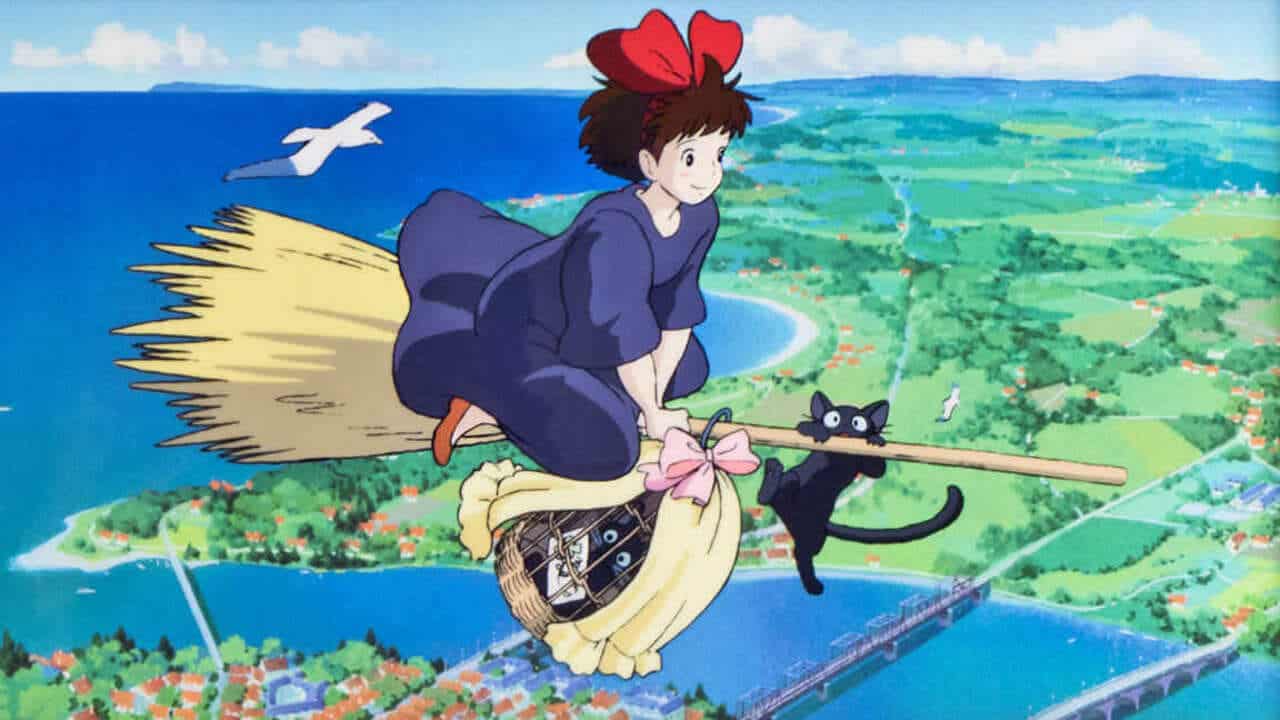
The anime falls under the slice-of-life genre, including a number of supernatural notions. Furthermore, the plot line is in the background, with the character development in the foreground. The artwork and animation are sublime as always, with the greatest technical asset being the attention to detail, both in the drawing of the characters and the surroundings. (Panos Kotzathanasis)
6. The Wind Rises (2013)

“The Wind Rises” tells the story of Jiro Horikoshi, a man who designed fighting planes for Japan during the war, but eventually started feeling regret for his manufacturing of these death-machines. This time, Miyazaki refrained from the magical realism of his previous film, instead shooting a biopic through an old-fashioned narrative, filled with nostalgia and romanticism. Through this setting, and the story of Jiro, Miyazaki presents the blight of war and its consequences on people, although the focus remained on the romantic story featuring in the film. (Panos Kotzathanasis)


